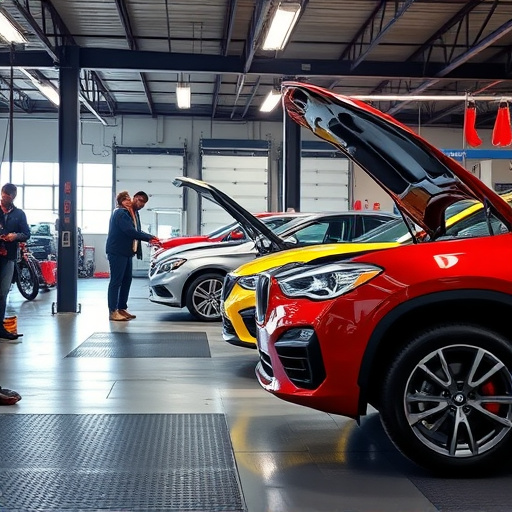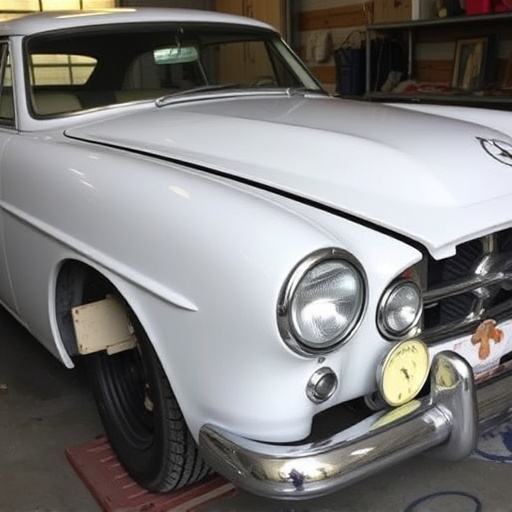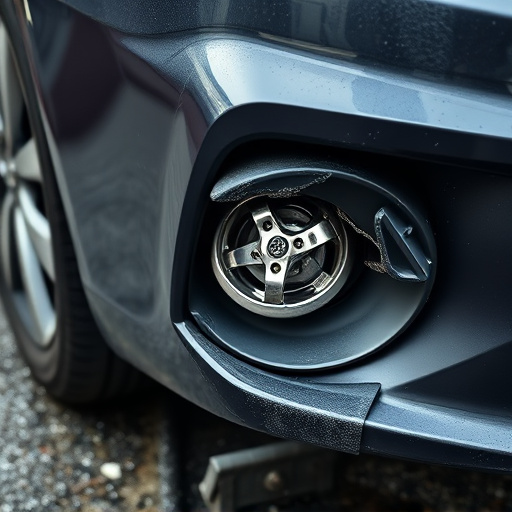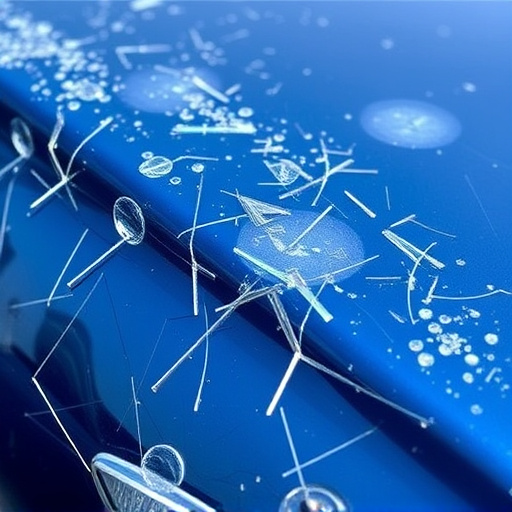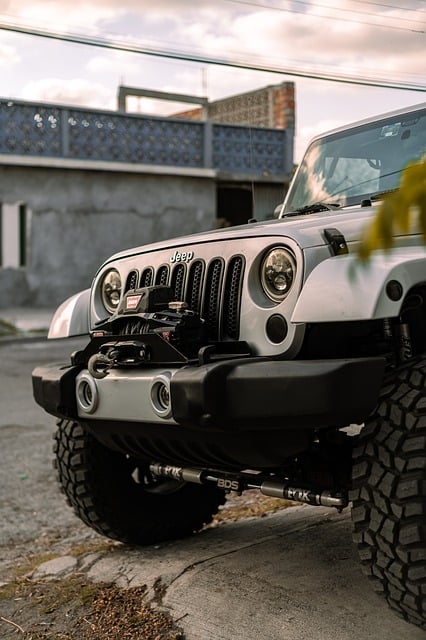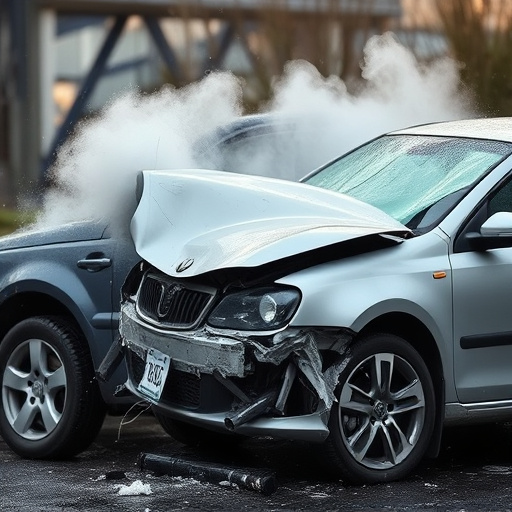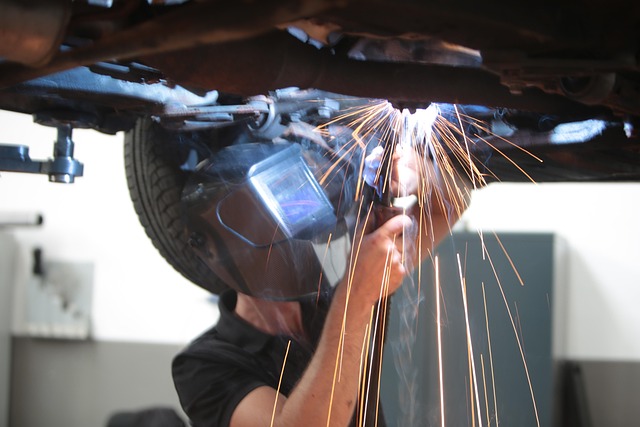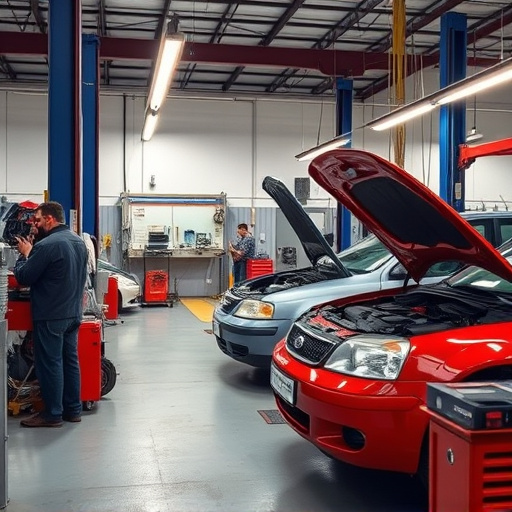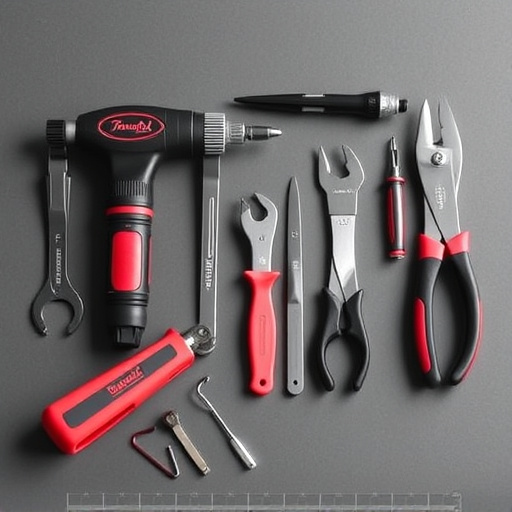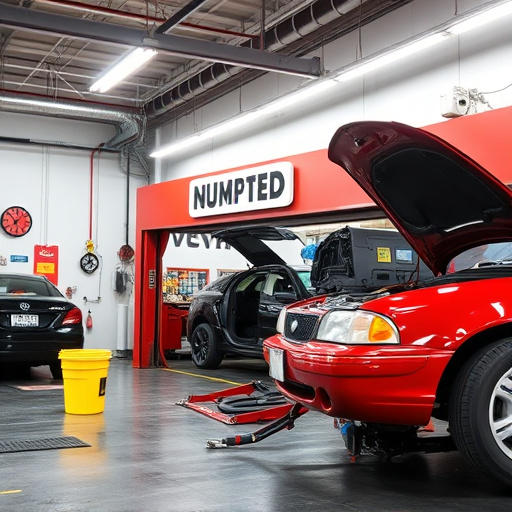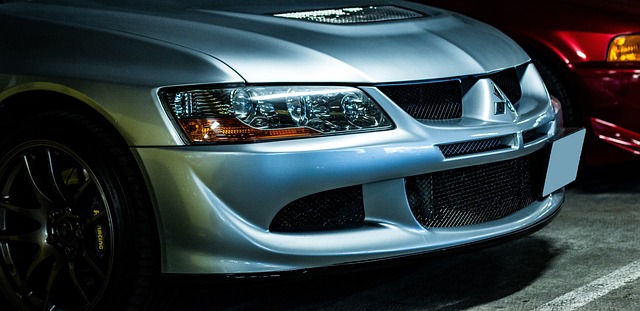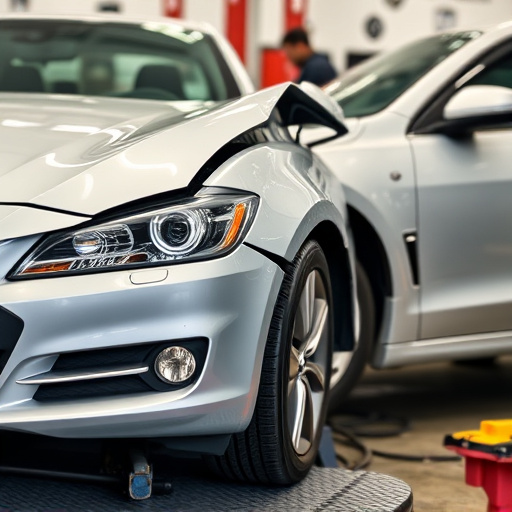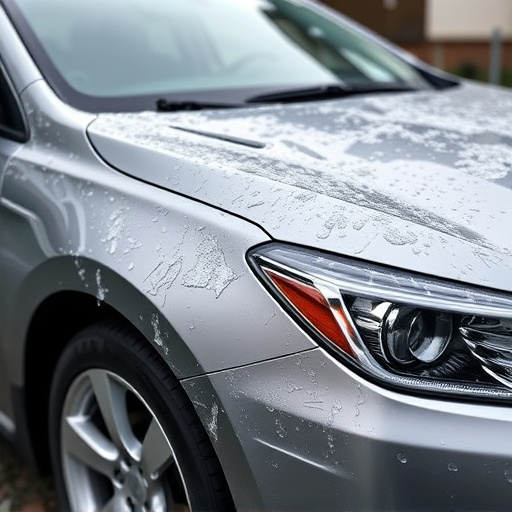Hail damage can range from small pocks to significant depressions, compromising vehicle integrity and safety. Traditional repair methods replace damaged parts, affecting aesthetics and costing more. Paintless Dent Repair (PDR), however, is a cost-effective, time-saving solution that preserves the factory finish by restoring metal shape without painting or replacing components. Skilled technicians use specialized tools to remove dents efficiently, maintaining vehicle resale value. PDR is ideal for hail damage restoration, offering pre-damage conditions, savings on expenses, and higher resale value.
“Hail storms can leave a trail of destruction, causing significant damage to vehicles. In this article, we explore two prominent repair methods: traditional repairs versus Paintless Damage Repair (PDR). Understanding hail damage and its effects is crucial before deciding on the best restoration process. We delve into the differences between these techniques, highlighting PDR’s benefits for efficient and cost-effective hail damage restoration. By comparing these options, drivers can make informed choices to restore their vehicles.”
- Understanding Hail Damage and Its Impact on Vehicles
- Traditional Repair vs. PDR: A Closer Look at the Differences
- Benefits of PDR for Efficient Hail Damage Restoration
Understanding Hail Damage and Its Impact on Vehicles
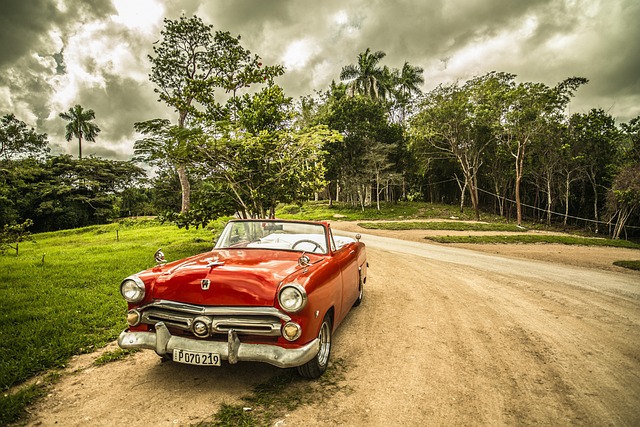
Hail damage is a common occurrence, especially in regions with frequent storms and harsh weather conditions. It can range from minor dents to severe impacts that compromise the structural integrity of a vehicle. Understanding hail damage involves recognizing its various forms—from small, dime-sized pocks to larger, more substantial depressions—each leaving its mark on the vehicle’s exterior. These marks not only affect the aesthetics but can also impact the overall safety and value of the car.
When a vehicle endures hail, it undergoes stress that can lead to cosmetic and even mechanical issues. Auto dent repair, or PDR (Paintless Dent Repair) for hail damage, has emerged as a popular solution. It offers a cost-effective and time-efficient alternative to traditional repairs, focusing on removing dents without the need for extensive paintwork. This method is particularly appealing for those seeking efficient auto maintenance, ensuring their vehicles are restored to pre-damage conditions while preserving the original factory finish.
Traditional Repair vs. PDR: A Closer Look at the Differences
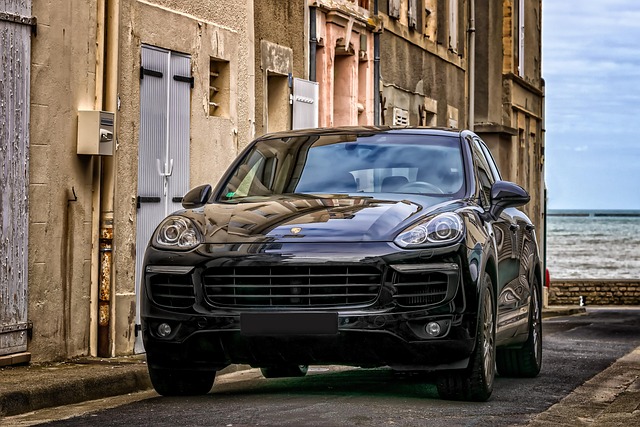
When it comes to repairing hail damage, two prominent methods stand out: traditional repairs and PDR (Paintless Dent Repair). While both aim to restore vehicles to their pre-damaged condition, they differ significantly in approach and impact on the vehicle. Traditional repairs involve replacing damaged parts, including panels, bumpers, and other components, which can be a lengthy process requiring specialized auto body services. This method often leaves visible evidence of the repair, impacting the overall aesthetics of the vehicle.
In contrast, PDR for hail damage is a more contemporary and cost-effective solution. It focuses on restoring the original shape of the metal without painting or replacing parts. Skilled technicians use specialized tools to carefully remove dents, making it an efficient process that preserves the vehicle’s factory finish. This non-invasive approach not only saves time and money but also maintains the vehicle’s value better, as bumper repair and other traditional methods may leave residual marks.
Benefits of PDR for Efficient Hail Damage Restoration
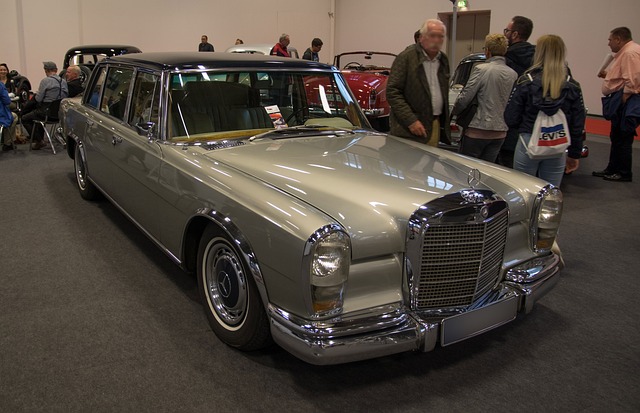
When it comes to hail damage restoration, PDR (Paintless Dent Repair) offers a host of benefits that make it an increasingly popular choice among car owners and collision repair services alike. One of the primary advantages is its efficiency—PDR can restore car bodywork to its original condition without the need for extensive or costly car paint repair. This process involves specialized tools that gently remove dents, making it ideal for minor to moderate hail damage.
By opting for PDR, you can save time and money while minimizing the impact on your vehicle’s aesthetics. Unlike traditional repairs that may require more intensive collision repair services and potential repainting, PDR preserves the original car paint surface, ensuring a flawless finish. This not only enhances the vehicle’s appearance but also contributes to maintaining its resale value, making it an attractive solution for efficient hail damage restoration.
In comparing traditional repairs to PDR (Paintless Damage Repair) for hail damage, it’s evident that PDR offers a more efficient and cost-effective solution. By leveraging specialized techniques and equipment, PDR preserves the original factory finish of vehicles while significantly reducing repair times and costs. For hail damage restoration, PDR is the superior choice due to its ability to restore vehicles quickly and maintain their aesthetic value, making it an ideal option for both individual vehicle owners and insurance providers looking to streamline the claims process.
